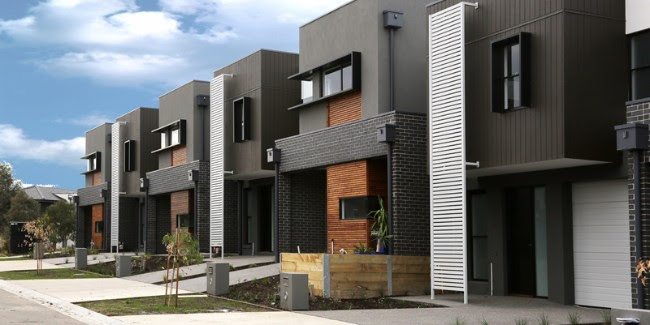
If you are planning to buy a home in Australia, most lenders require a 20 percent deposit.
That means you need to have 20 percent of the property’s value available as deposit. Say, for one reason or another, you cannot come up with the 20 percent deposit the lender will ask you to pay Lenders’ Mortgage Insurance (LMI).
LMI is an insurance that protects the lender if you default on your payments. The cost of LMI depends on the amount of deposit available, the location of the home and the lender in question. It could run into thousands of dollars.
One way you can avoid paying LMI while having less than the required 20 percent deposit for the property, is through a guarantor home loan. It is a cost-effective alternative to get into the property market sooner and will save you as the buyer a great deal of money. Let’s explain how a guarantor home loan works.
A guarantor is essentially someone who vouches for you, with their own property’s equity when you are unable to contribute a complete deposit for a home. The guarantor does not provide any cash payment. Instead, they offer up part of their home’s equity to cover your deposit.
In many parts of Australia, lenders accept guarantors if there is a familial link. The most common parties are parents, siblings, grandparents, children, and spouses. Think of it as a family pledge. However, it is not uncommon for a lender to accept close friends as guarantors. The requirement is that there must be a link between the two parties.
How Does a Guarantor Loan Work?
Consider the following scenario.
Let’s say you want to buy a home in Sydney for $700,000. The required 20 percent deposit is $140,000. (There might be a stamp duty cost as well but to keep the example simple we will just look at the 20 percent). Say you only have $100,000. Here, you have three options:
- Wait longer to save the extra $40,000. However, there is the risk of the property market rising being priced out of the market.
- Pay LMI to be able to go ahead on the lower deposit. The LMI is added to your mortgage so that you can purchase. But you’ll end up spending much more over the long term.
- Get a guarantor loan and seal the deal.
Going with the third option means that your guarantor offers up $40,000 of their home or property’s equity to cover the balance in your deposit. The available equity in the guarantor’s property will have to be $40,000 or more for this arrangement to work. The equity offered becomes additional security for your mortgage. Note that the guarantor will not have to come up with any cash or make any mortgage payments to your lender. However, if you default on your loan repayments, your lender might ask your guarantor to make payments.
If your home value increases and the available equity surpasses 20 percent (or if you pay down the loan and 20 percent is available), both you and your guarantor can ask the lender to release your guarantor from any contractual obligations. Your mortgage is now secured only by your home.

